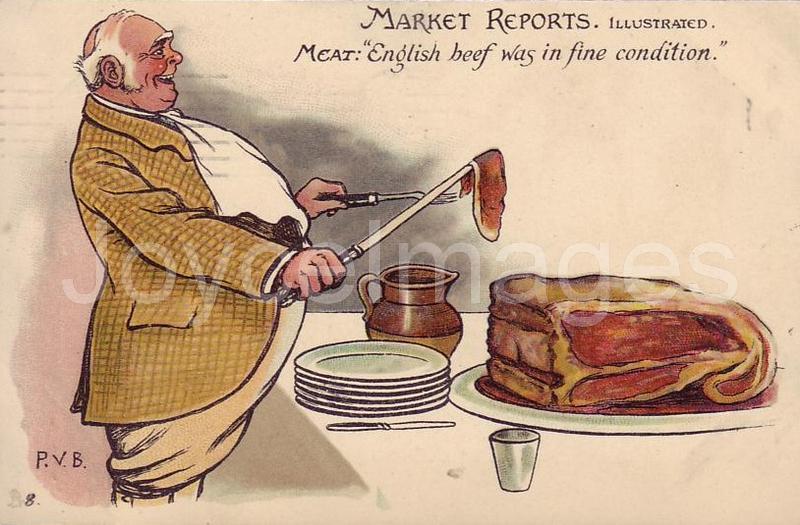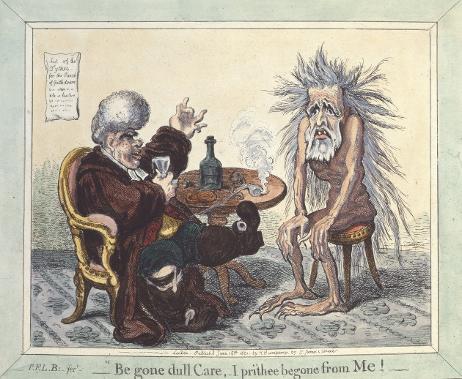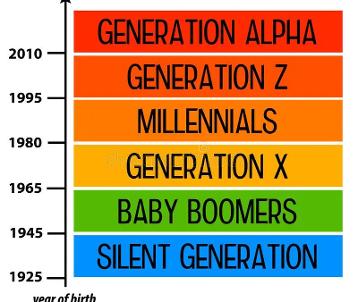

|
Roast Beef of New England - Full Score.pdf Size : 145.326 Kb Type : pdf |
Roast Beef of New England.mp3


|
Do not go gentle into that good night - Full Score.pdf Size : 275.444 Kb Type : pdf |
Do not go gentle into that good night.mp3


|
State and Ceremonial No. 1 - Full Score.pdf Size : 1065.965 Kb Type : pdf |
State and Ceremonial No. 1.mp3

|
State and Ceremonial No. 2 - Full Score.pdf Size : 1132.101 Kb Type : pdf |
State and Ceremonial No. 2.mp3

|
State and Ceremonial No 3 - Full Score.pdf Size : 1159.397 Kb Type : pdf |
State and Ceremonial No 3.mp3

|
State and Cermonial March No. 4 - Full Score.pdf Size : 1021.216 Kb Type : pdf |
State and Cermonial March No. 4.mp3

|
State and Ceremonial March No. 5 - Full Score.pdf Size : 1565.208 Kb Type : pdf |
State and Ceremonial March No. 5.mp3


|
H.R.H. The Countess of Wessex - Full Score.pdf Size : 774.956 Kb Type : pdf |
HRH Countess of Wessex.mp3


|
Trombone Concerto - Full Score.pdf Size : 1010.137 Kb Type : pdf |
Trombone Concerto.mp3

|
Trombone Concerto - Solo Trombone.pdf Size : 133.069 Kb Type : pdf |

|
Sinfonietta for Brass Band - Full Score.pdf Size : 1570.705 Kb Type : pdf |
Sinfonietta for Brass Band.mp3





|
Passing through three points - Transposing Score.pdf Size : 2030.007 Kb Type : pdf |
Passing through three points.mp3















